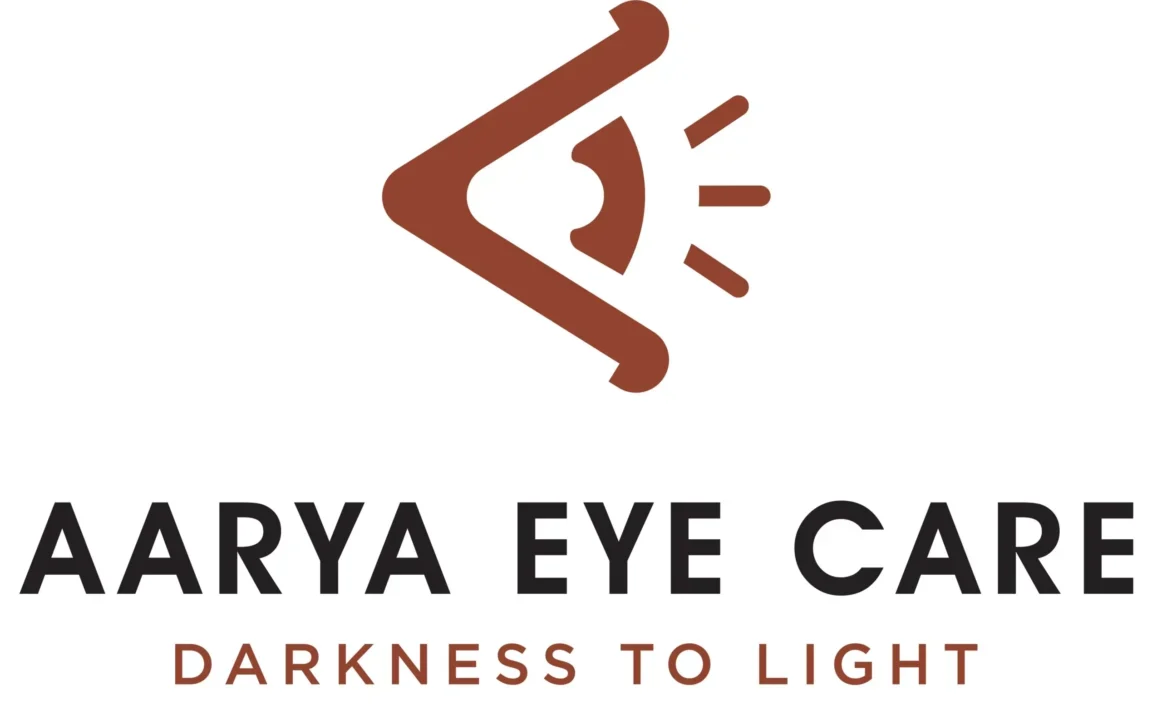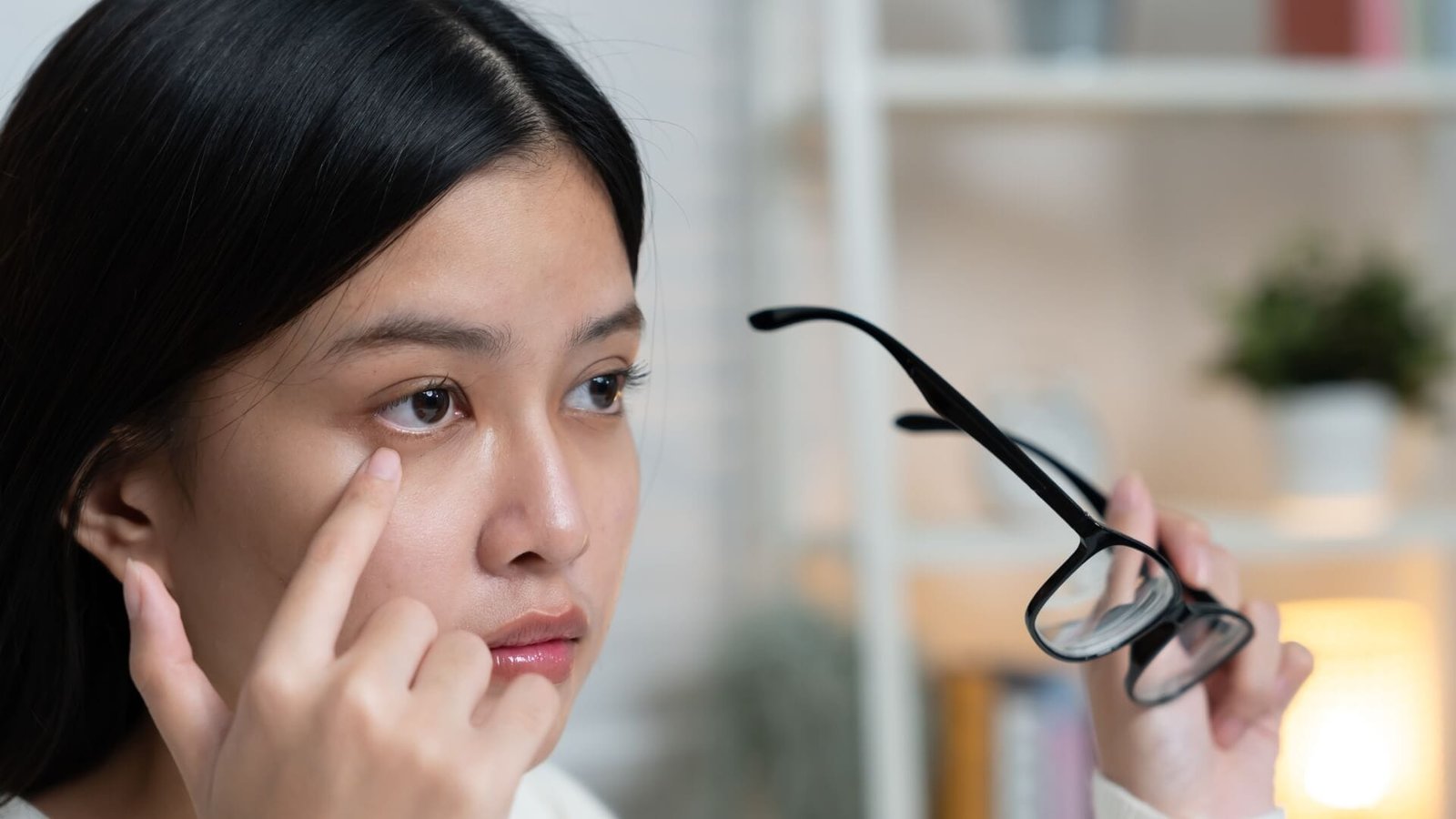Xanthelasma: Causes, Symptoms, and Effective Treatment Options for Safe Removal
Xanthelasma is a skin condition, which presents itself as a small, yellow, deposit around the eyes. These deposits consist of cholesterol and fats, and they are soft in form, flat, or slightly raised on the eyelids. Although Xanthelasma is not harmful or painful, most individuals want the Xanthelasma treated mainly because it is cosmetically unsightly or to be able to test the possibility of having cholesterol or lipids imbalances. This blog will discuss the reasons, symptoms and the most effective ways of treatment to be used in removal of this safely.
What Is Xanthelasma?
Xanthelasma palpebrarum is a non-malignant cutaneous disease, which occurs because of fat or cholesterol deposition around the eyes. It is usually found on the lower and upper eyelids, usually around the inner corners.
Even though Xanthelasma is not a harmful condition physically, it may be a sign of excessive cholesterol or lipid imbalance. It is very common in adults who are older than 40 and individuals who are at risk of metabolic or cardiovascular diseases. In addition, it can be determined at an early age to aid in the cosmetic control as well as prevention of underlying health complications.
Causes of Xanthelasma
Xanthelasma occurs when cholesterol or lipids accumulate in the skin. Common contributing factors include:
High LDL (bad cholesterol) and low HDL (good cholesterol).
- Genetic or hereditary lipid disorders.
- Diabetes or thyroid dysfunction.
- Liver conditions affecting fat metabolism.
- Unhealthy diet and sedentary lifestyle.
In some cases, Xanthelasma can occur even in individuals with normal cholesterol levels due to localized lipid deposits.
Symptoms and How to Recognize Xanthelasma
Xanthelasma typically appears as:
- Soft, yellowish, flat, or slightly raised patches near the eyelids.
- Symmetrical deposits on both upper and lower eyelids.
- Painless growth that may slowly enlarge over time.
- Occasionally affecting vision if located near the eyelid margin.
It is important to distinguish Xanthelasma from other eye-area skin conditions like milia or syringoma, which have different causes and appearances.
Is Xanthelasma Linked to High Cholesterol?
Xanthelasma can serve as a visible warning of elevated cholesterol or lipid disorders. People with these deposits may be at higher risk for cardiovascular issues.
A cholesterol test is recommended for anyone with Xanthelasma to assess lipid levels. Early detection and management of cholesterol can reduce the risk of recurrence and safeguard overall health.
How Doctors Diagnose Xanthelasma
Diagnosis involves:
- Physical examination by an eye or skin specialist.
- Lipid profile blood tests to check cholesterol and triglyceride levels.
- Skin biopsy in rare cases to confirm cholesterol accumulation.
Accurate diagnosis allows doctors to plan the most effective xanthelasma treatment while addressing any underlying health issues.
Xanthelasma Treatment Options
Xanthelasma treatment varies based on size, location, and patient preference. Options include both non-surgical and surgical methods.
Non-Surgical Treatment Options
- Topical creams or chemical peels (TCA or prescription acids) can reduce mild deposits.
- Laser therapy (CO₂ or Erbium: YAG lasers) is safe and effective, offering minimal scarring and fast recovery.
- Cryotherapy freezes deposits using liquid nitrogen, suitable for smaller patches.
- Radiofrequency ablation flattens Xanthelasma without invasive surgery.
Surgical Options
- Excision surgery removes deposits using micro-surgical tools.
- Effective but may leave minor scarring depending on the deposit size.
- Requires professional care for safe recovery.
Cholesterol Deposits Removal through Lifestyle Changes
For lasting results, addressing the root cause of high cholesterol is essential. Key steps include:
- Following a heart-healthy diet rich in fruits, vegetables, and whole grains.
- Avoiding trans fats, fried foods, and processed snacks.
- Including omega-3 fatty acids (fish, nuts, flaxseeds).
- Regular exercise to maintain healthy lipid levels.
- Avoiding smoking and excessive alcohol consumption.
Regular lipid monitoring and medical check-ups are crucial to prevent recurrence of cholesterol deposits in eyes.
Can Xanthelasma Recur After Treatment?
Recurrence is possible if cholesterol levels remain high or underlying medical conditions are untreated. Preventive measures include:
- Maintaining healthy cholesterol levels.
- Regular follow-ups with your doctor.
- Managing conditions like diabetes, thyroid disorders, or liver disease.
Combining professional treatment with lifestyle management ensures long-term results.
Safe and Effective Removal with Professional Care
Self-treatment or home remedies can damage the delicate eyelid skin. Expert care ensures:
- Safe removal of cholesterol deposits.
- Minimal scarring or complications.
- Comprehensive management of underlying cholesterol issues.
Always seek xanthelasma treatment from qualified eye or skin specialists.
When to Consult a Specialist
Consult a doctor if face difficulty such as
- Deposits increase in size or number.
- There is discomfort, irritation, or cosmetic concern.
- You have a history of high cholesterol, diabetes, or thyroid problems.
Timely consultation ensures both safe removal and proper health evaluation.
Conclusion
It is significant to identify Xanthelasma because it may represent both an aesthetic problem and a health problem. Early diagnosis and management of xanthelasma treatment are safe and avoid the recurrence of the deposition. Professional care and lifestyle changes are critical in the management of the cholesterol deposits in eyes.
To have the best eye health, the most valuable thing to do is to have the Best Eye Hospital in Thrissur and ensure safe and effective removal.
Book your appointment today and begin working toward healthier eyes.








